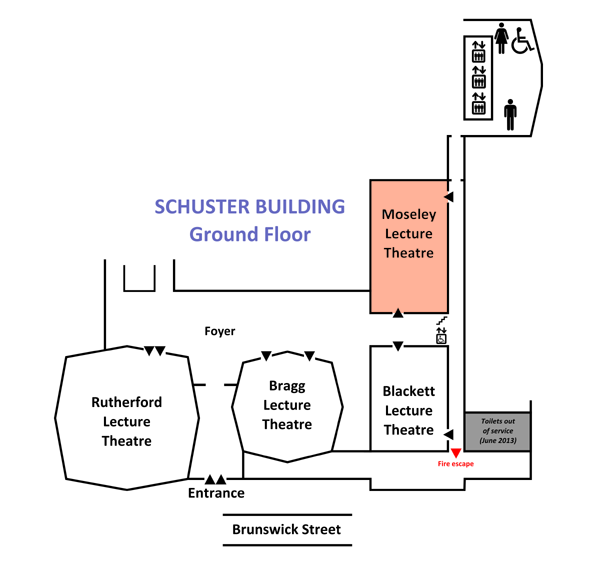
|
iCHSTM 2013 Programme • Version 5.3.6, 27 July 2013 • ONLINE (includes late changes)
Index | Paper sessions timetable | Lunch and evening timetable | Main site |

|
iCHSTM 2013 Programme • Version 5.3.6, 27 July 2013 • ONLINE (includes late changes)
Index | Paper sessions timetable | Lunch and evening timetable | Main site |
In the hectic modern world, we tend to believe that our way of life is modern and our customs date from fairly recent times. We suppose that nearly everything has changed since the Middle Ages and technological development has reshuffled our life style completely, forcing the rejection of practically all traces to the antiquity. Technology is often considered a mighty enemy of traditions. Nevertheless, there is at least one outstanding exception to this pattern: saunas.
Several millennia ago, Native Americans bathed in sweat lodges and steam bathhouses were common throughout Europe,. In fact, steam baths were quite common all around the northern hemisphere until the Middle Ages, when authorities banned public bathhouses in Central Europe in order to prevent the spread of infectious diseases. Nevertheless, the steam bathhouse tradition still stayed in tact in the sparsely populated eastern peripheries of Europe—from Turkey and Bulgaria to Estonia, Russia and Finland. As the result, this ancient bathing tradition has remained more common in cold and forested Finland than in any other country, and there are almost as many saunas as cars: one sauna per two inhabitants. Actually, the Finnish sauna has become the traditional model for steam bathhouses, although there are considerable cultural and national variations in building constructions and heating technology.
During the past eight millennia, building materials, construction techniques, and styles of housing have changed several times. However, these changes have not led to the exclusion of steam baths from everyday life in various eastern European countries. On the contrary, technology has been used to modify physical features of these bath institutions to fit the current construction conventions and social demands. Thus, over the course of millennia, saunas have changed, but they have not vanished. Basic elements of saunas have remained, and the pleasure of bathing has been preserved.
The sauna is a case in point in how an ancient cultural habit can be persistent in a changing world, and how technology has been used to preserve a prehistoric custom with constant innovation and modification.
This session will examine and discuss the persistence of sauna culture and the malleability of technology in adapting steam baths to the changing requirements of bathers. Can we find technological determinism or technological momentum in the history of the sauna? If there is path dependence in this case study, is it technological or cultural? The session also aims to analyse why the sauna has preserved its attraction, while life styles have completely changed during millennia and new bathing options have become available.

